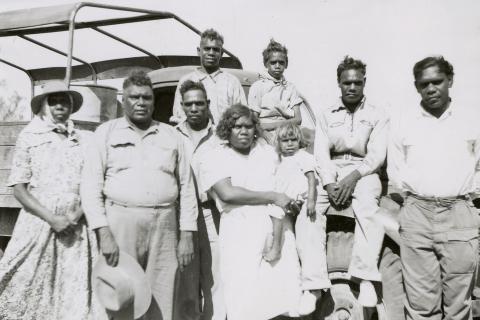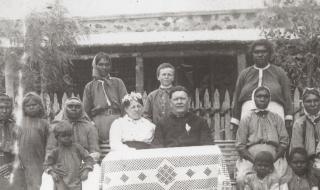
Hermannsburg under Pastor Carl Strehlow
Carl Strehlow is perhaps the best known of the missionaries to have worked at Hermannsburg. Appointed by the Immanuel Synod as their first missionary to Hermannsburg, he left a lasting legacy. He was not the only missionary there and many of the achievements in that time were a team effort between him and his wife Frieda Strehlow, co-missionary Pastor Bogner and the lay workers such as builders Mr. Hart and Mr. Haemmerling. Between them they rebuilt the neglected and dilapidated mission.
Read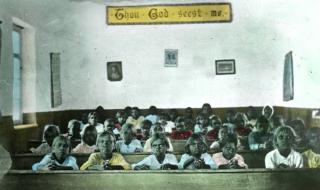
Learning at the Mission
One of the most evocative buildings on the mission, it is easy to imagine this building full of the laughter of children, the voice of the teacher leading lessons and no doubt the occasional swish of the cane!
Read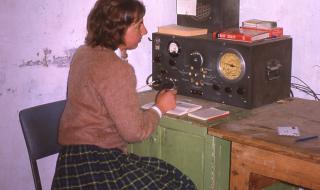
Correspondence School
While this building is referred to as the correspondence school it has actually been repurposed several times throughout the history of the mission serving as an extra class room and the correspondence school room for only part of that time.
Read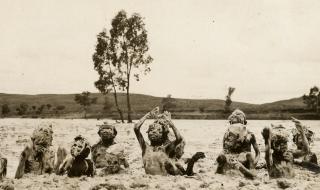
Life as a Child on the Mission
Children don’t always understand the hardship faced by the adults around them. Many of the children on the mission grew up navigating through two worlds. The world of the Lutheran missionaries including church, school lessons, chores and play; and the world of Arrarnta traditions. Unlike many other missions in Australia, life in Hermannsburg did not mean a total disconnect between children, their families and their language.
Read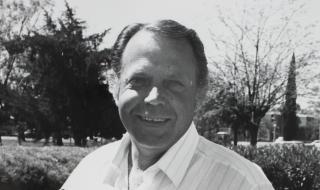
Mission to Town - Hermannsburg Mission under Pastor Albrecht
Pastor Paul Albrecht grew up at Hermannsburg, the son of Pastor F.W Albrecht and Minna. His work as Field Superintendent for Finke River Mission was at a crucial time of change, as assimilationist policies gave way to policies of self-determination. During his tenure Hermannsburg transitioned from an active mission station to the heritage precinct you see today alongside the modern township of Ntaria.
Read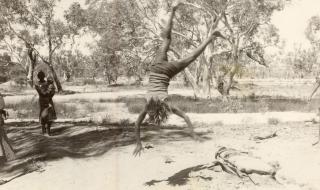
Language is the life blood of Culture
Where Aboriginal languages in some parts of Australia are dying out, the traditional language of Western Arrarnta people is alive and thriving. The key to this is the continued transmission from older to younger generations.
Read


